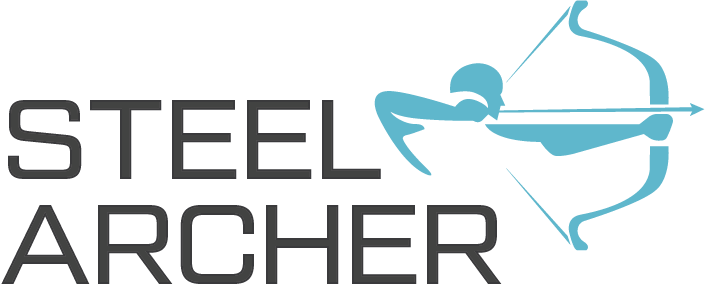Technology and software development play a crucial role in advancing renewable energy sources and improving their efficiency, reliability, and integration into existing energy grids. Here are some key aspects of technology and software development in the renewable energy sector:
- Resource Assessment and Forecasting: Accurate assessment of renewable energy resources (e.g., solar irradiance, wind speed) is essential for project planning and energy production forecasting. Software tools and models use historical data and weather predictions to estimate energy generation, helping developers optimize site selection and design.
- Energy Monitoring and Management: Software systems are used to monitor and manage renewable energy assets in real-time. This includes supervisory control and data acquisition (SCADA) systems, which provide remote monitoring and control of renewable energy facilities such as wind farms and solar arrays. These systems ensure efficient operations and enable quick responses to faults or changes in conditions.
- Energy Storage Optimization: To address intermittency and variability in renewable energy generation, software is developed to optimize energy storage systems, like batteries. These systems store excess energy during periods of high generation and release it when needed. Advanced algorithms and predictive analytics help maximize the economic benefits of energy storage.
- Grid Integration: Integrating renewable energy into existing power grids requires sophisticated software solutions. Smart grid technologies use software to manage the flow of electricity, balance supply and demand, and improve grid stability. Distributed energy resources (DER) management systems enable the efficient integration of decentralized renewable energy sources.
- Predictive Maintenance: Predictive maintenance software uses data from sensors and IoT devices to predict equipment failures in renewable energy installations. By identifying potential issues in advance, operators can schedule maintenance activities more effectively, minimizing downtime and reducing maintenance costs.
- Energy Trading and Market Participation: Software platforms enable renewable energy producers to participate in energy markets. This includes selling excess energy to the grid, participating in energy trading markets, and interacting with demand response programs. Blockchain and smart contracts can facilitate transparent and secure energy trading.
- Energy Efficiency: Software tools and IoT devices can help monitor and optimize energy consumption in buildings and industrial processes, reducing overall energy demand and enhancing the efficiency of renewable energy use.
- Simulation and Modeling: Simulation software helps in the design and testing of renewable energy systems and components. It allows engineers to model different scenarios and predict performance, facilitating better decision-making during the design phase.
- Data Analytics and Machine Learning: Data analytics and machine learning are increasingly used to analyze vast amounts of data from renewable energy sources, weather patterns, and energy consumption. These technologies help optimize energy generation, predict maintenance needs, and enhance grid stability.
- Regulatory Compliance and Reporting: Renewable energy projects often need to adhere to various regulations and report on their environmental impact. Software solutions can automate compliance monitoring and reporting processes, reducing administrative burdens.
- Cybersecurity: As renewable energy systems become more interconnected and reliant on digital technologies, ensuring their cybersecurity is crucial. Software developers work on solutions to protect renewable energy infrastructure from cyber threats.
- Remote Monitoring and Control: Remote access and control software enable operators to manage renewable energy assets from anywhere. This is particularly valuable for remote or offshore installations.
Technology and software development continue to drive innovation in the renewable energy sector, making it more reliable, efficient, and economically viable. As renewable energy sources play an increasingly significant role in the global energy mix, the role of software and technology will continue to expand and evolve. We look forward to working with your team.

